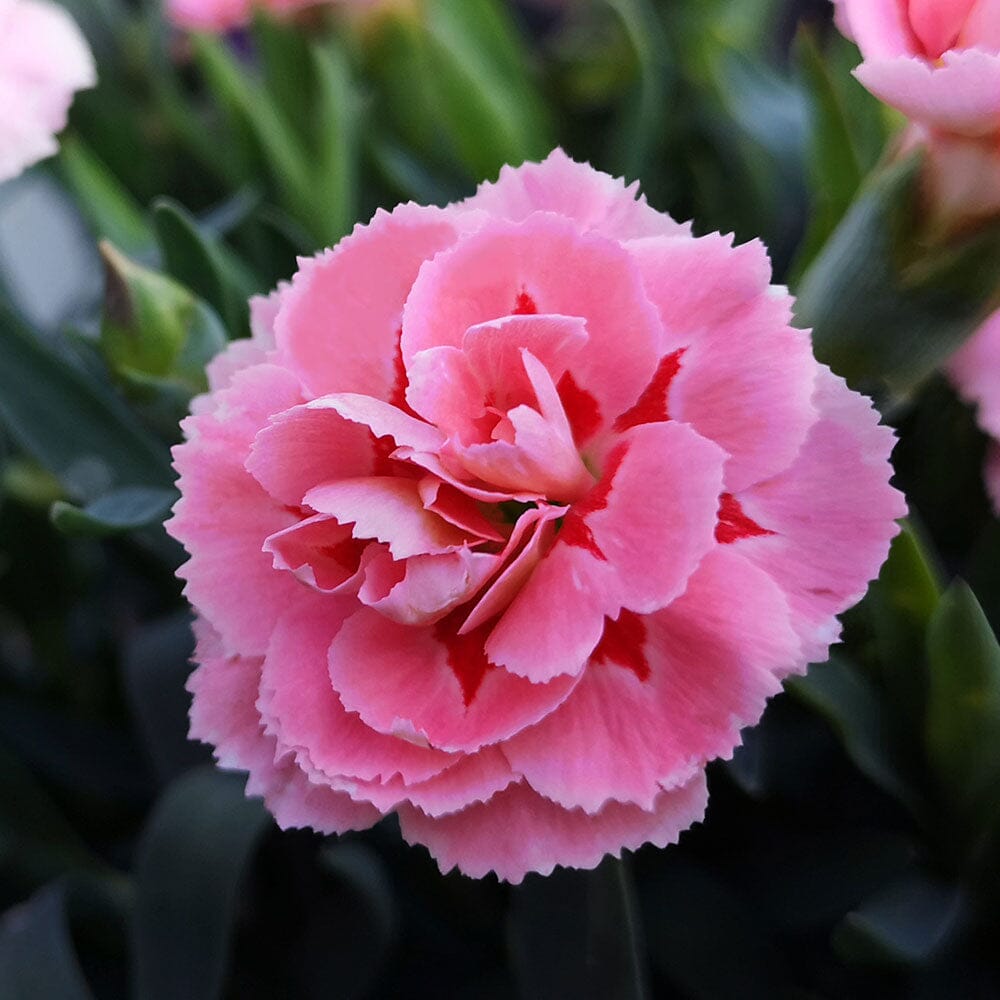DIANTHUS Doris Perennial Plant
Dianthus has frilled petals and ribbon-like foliage combined with a slightly spicy aroma to make this a plant that delights all the senses. The frilled petals of this hardy perennial are a light pink colour that pairs well with the thin foliage to form an excellent border plant with personality. The flowers will bloom between April and October and bring the garden to life. This herbaceous border plant is native to Europe and Asia are commonly called 'Carnations ’, 'Pinks' or 'Sweet Williams'.
How to grow Dianthus?
Plant in well-draining, alkaline soil that will receive at least 6 hours of sun. Water the base of the plant when the soil starts to dry, and avoid watering the leaves to prevent mildew. Apply a slow-release fertilizer every six to eight weeks, and do not mulch the soil. Some varieties of Dianthus are self-sowing, so deadheading is extremely important to reduce volunteer plants and to encourage additional blooming.
When do Dianthus bloom?
Dianthus flowers bloom in early spring and summer, but many dianthuses will rebloom throughout the gardening season if you cut flowers off as they fade.
When should I plant my Dianthus?
To get the best out of your Dianthus, you should plant your flower in February or March when the soil has thawed from the winter but is not too hot to hinder growth. How big will my Dianthus grow?
If planted in a good spot and given the best care, you can expect your Dianthus to grow around 50cm with a spread of 40cm.
This DIANTHUS Doris comes in a 9cm Pot
Check out our YouTube video to see exactly how we pack for safe delivery.
- Our perennial plants are grown in the UK by a family business.
- Perennials are supplied in eco friendly packaging.
- Plants are not for consumption unless stated as edible.
- Depending on the stage of the growing season, plants can range from young growth at the start of the season through to more advanced growth and flowering later into the season. We cannot guarantee flowering plants upon arrival due to this.































